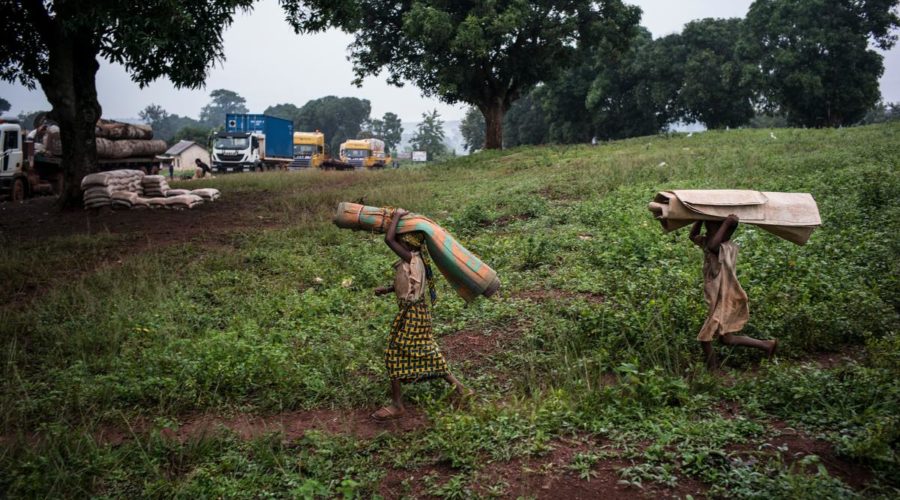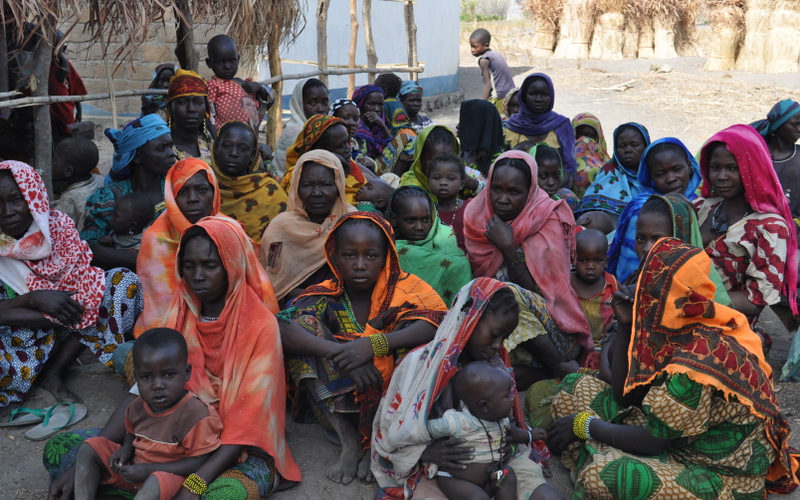Since the end of 2016, the situation has deteriorated over a large part of the country. The proliferation of armed groups fighting for the control of wealth (especially mining) has increased insecurity, created more humanitarian concerns, and complicated the operating environment. There has been evidence of targeted violence towards civilians and a strong predominance of sexual and gender-based violence. And the resurgence of ethnic and religious violence has caused an unprecedented wave of displacement since 2013. In total, more than 687,000 people are now internally displaced and more than 545,000 are registered as refugees in neighboring countries.
In October 2017, the Deputy Special Representative of the Secretary General (DSRSG), Resident Coordinator (RC) and Humanitarian Coordinator (HC) invited a Peer-2-Peer Support mission to work with the Humanitarian Country Team (HCT) in Central African Republic to look at ways to strengthen the response. The Peer-2-Peer team was supported by senior representation from UN agencies (UNHCR) and NGOs (Concern Worldwide and ICVA) to reflect the inter-agency nature of the humanitarian response on the ground. The mission team met with members of the HCT, the inter-sector coordination group, cluster members and the peacekeeping mission in the capital. The team visited Bria and Bambari to collect the views of frontline responders and affected populations.
It was the third mission undertaken by STAIT/P2P in CAR. The first mission was an Operational Peer Review following the L3 declaration in the country, led in March 2014; the second mission was a regular STAIT support mission that took place in November 2015. The Action Plan from this last mission was still used by the humanitarian leadership to monitor their progression.
The P2P team noticed good practices such as the HCT terms of reference update, the adoption of civil-military guidelines and the development of strategies on the centrality of protection and durable solutions for IDPs. The mission concluded with a retreat with the HCT and the adoption of an action plan. During the retreat, the HCT identified a number of areas where the response could be strengthened, and actions that could be taken. These actions are integrated into the HCT action plan that will be implemented in the next six months.
The HCT made a commitment to identify a clear and commonly agreed vision of the crisis and the priorities that need to be addressed. The vision paper will underpin joint advocacy efforts. The HCT also agreed to develop an access strategy to strengthen the operation’s ability to deliver assistance and to engage with affected people. The strategy will be frequently revised to ensure its relevance, and will provide the foundation for security risk management to support the operation. This will also include advocating towards the government to support the humanitarian community to deliver assistance. In order to strengthen the humanitarian presence in the field, the HCT agreed to deploy more senior level staff with decision-making authority to work in humanitarian hubs in the field. This will bring the operation closer to affected people and permit a more relevant, timely and appropriate response.
Regarding the centrality of protection, the HCT agreed to revise its strategy to better define its common priorities and strategies. The HCT also committed to adopt a collective framework for accountability to affected population and an early recovery strategy.
The HC/RC/DSRSG has provided an Update Report on progress against the Action Plan to the Emergency Relief Coordinator (ERC) at the end of July 2018.





